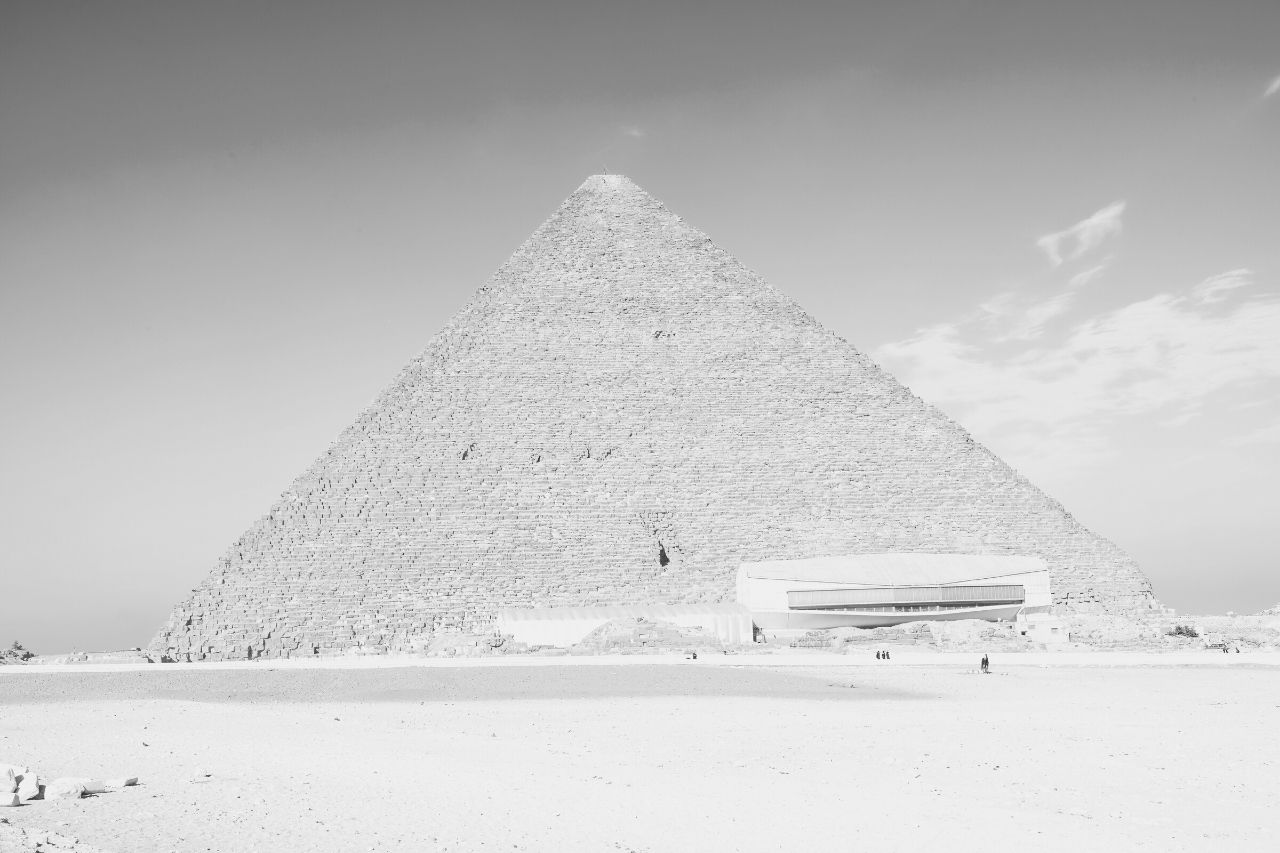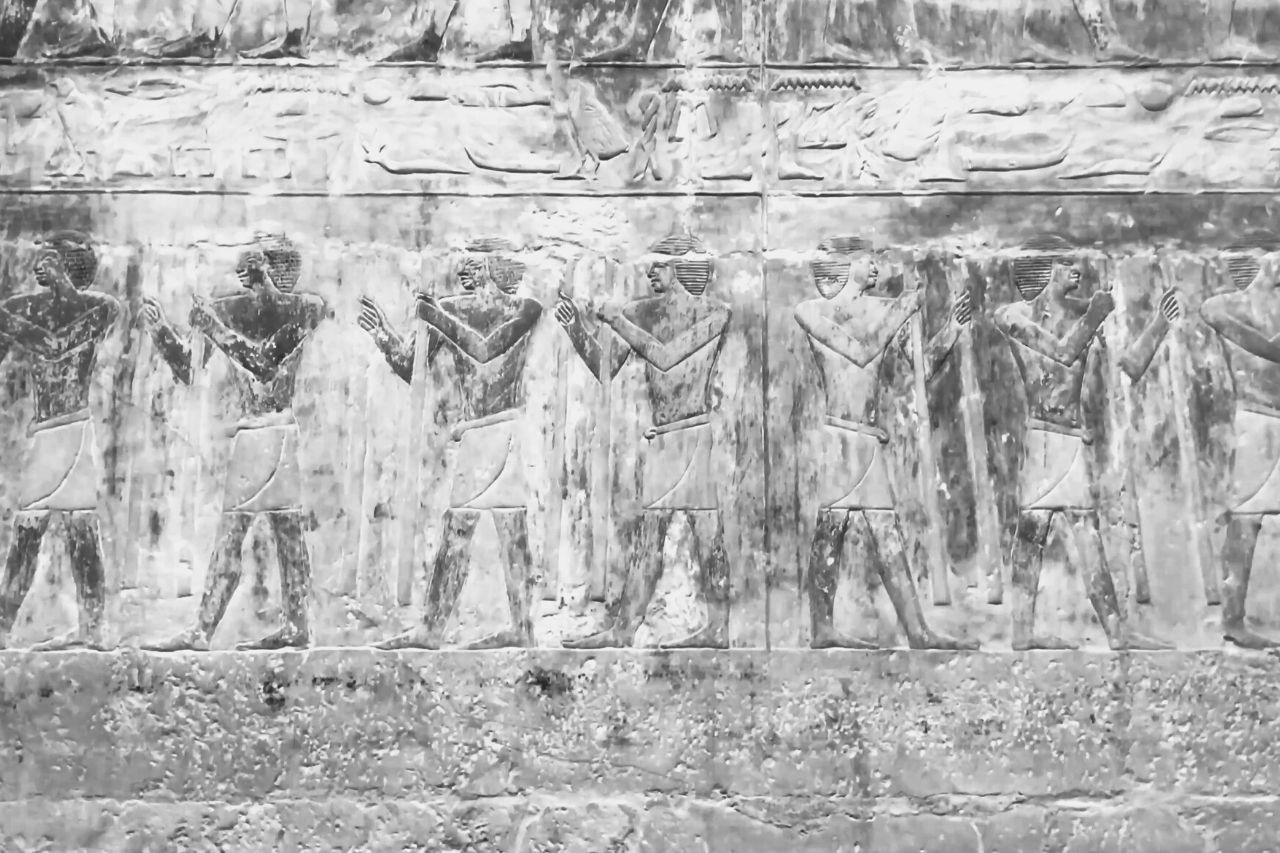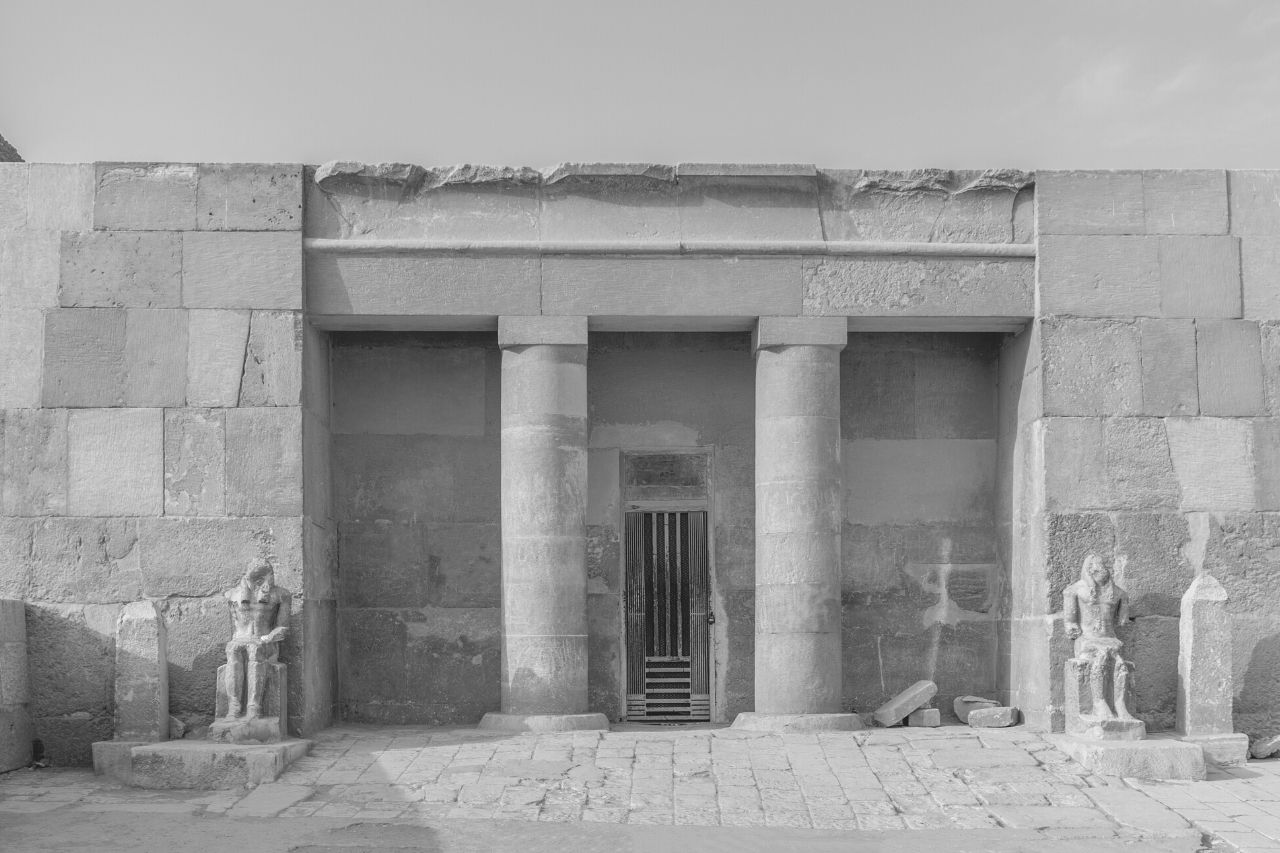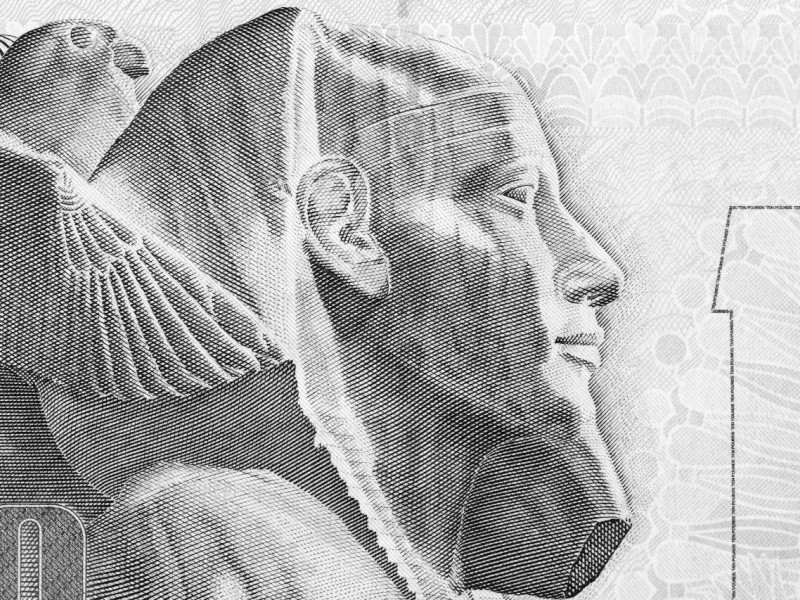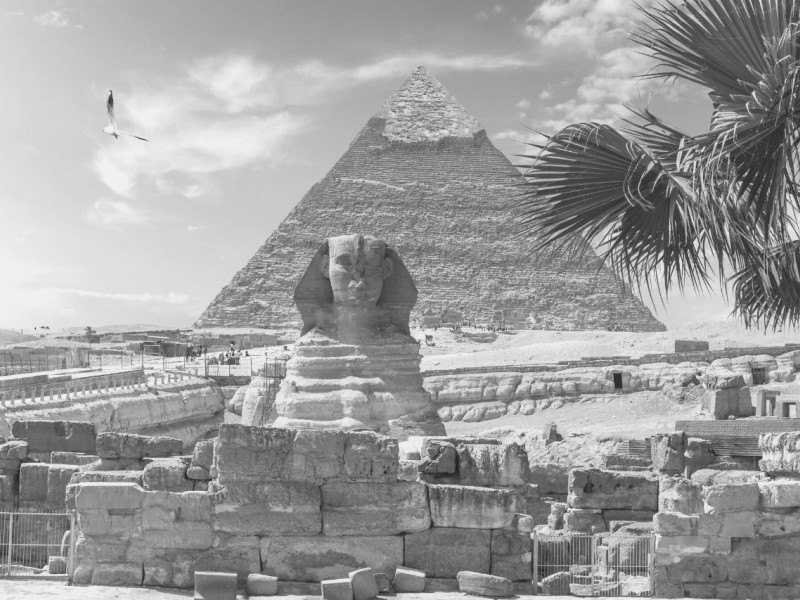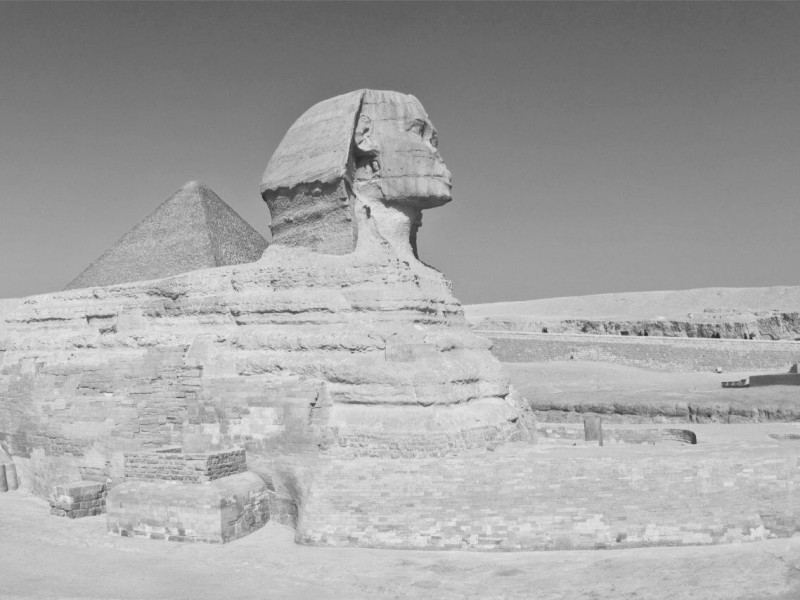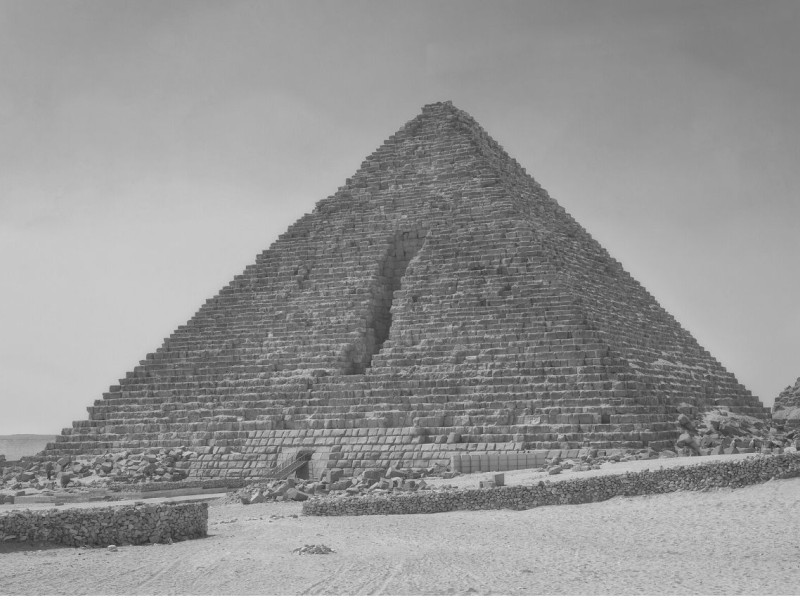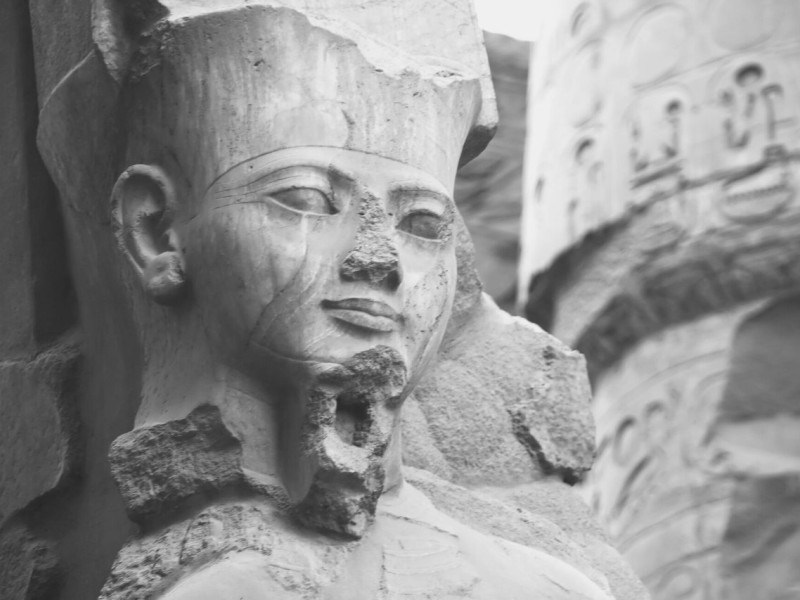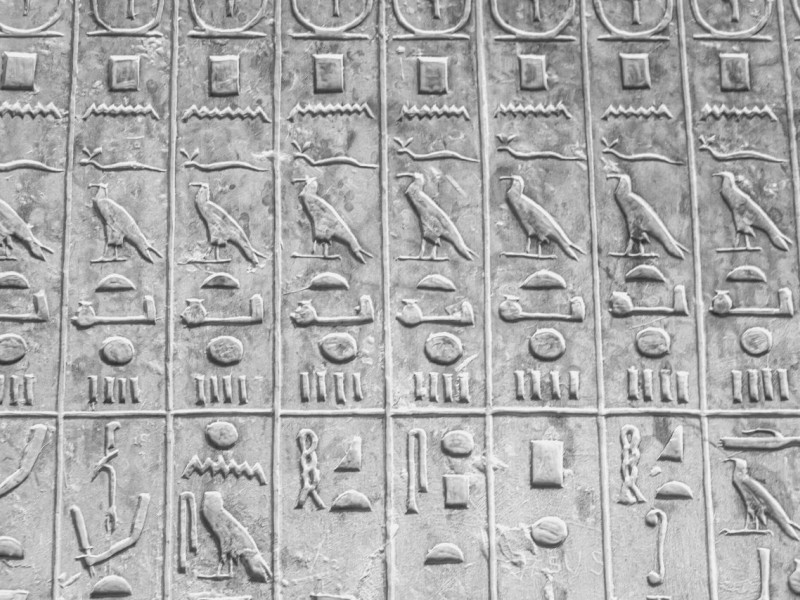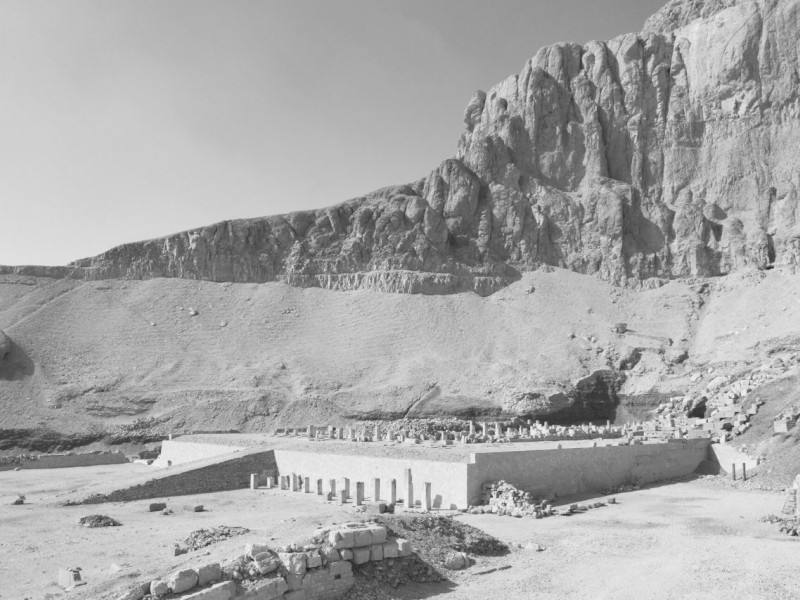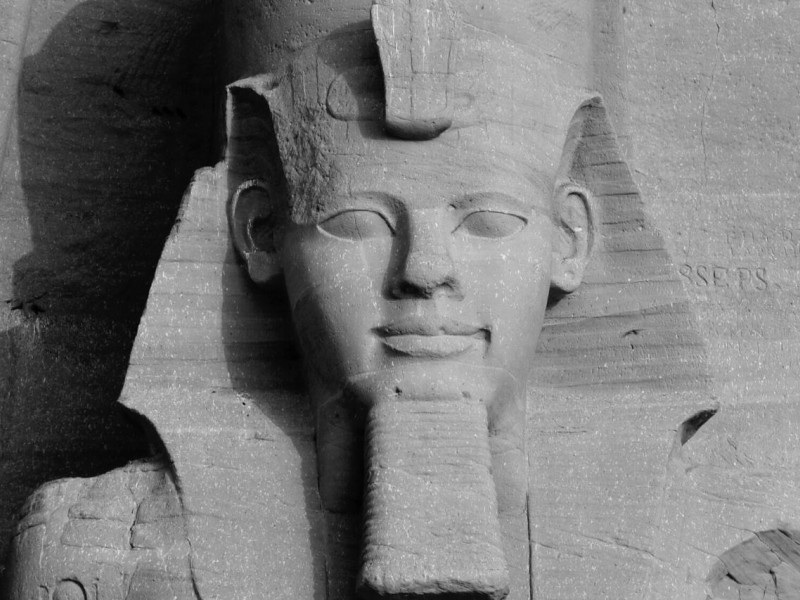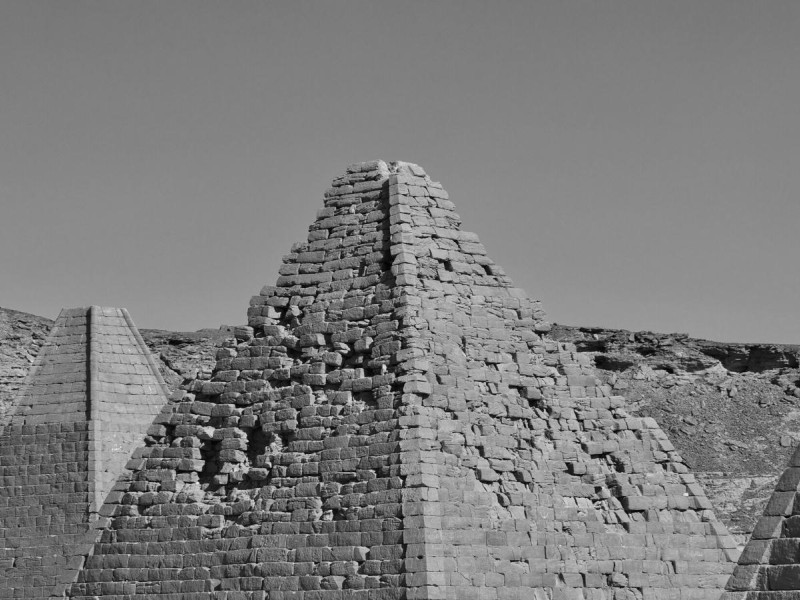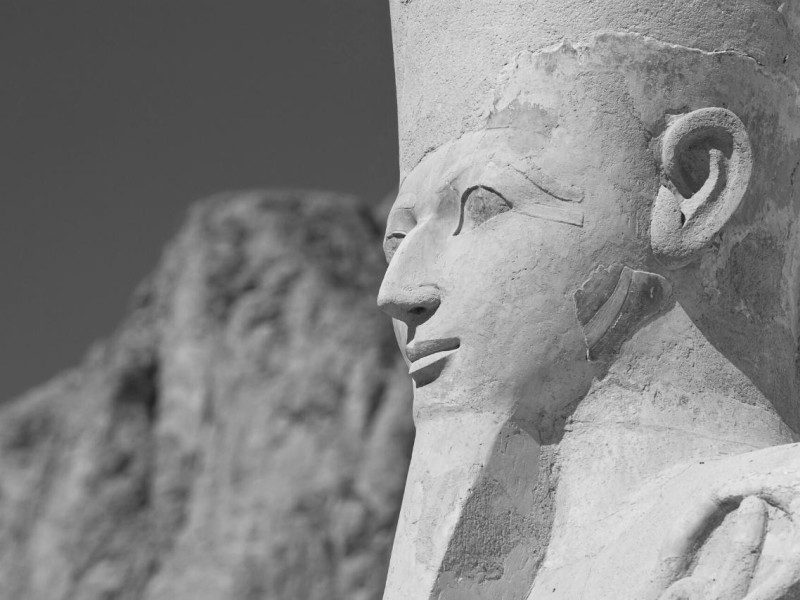Khufu: Reminiscing About the Divine Creator of the Great Pyramids
Khufu is regarded as one of the most significant leaders in the ancient world. Also known as Cheops to the Greeks, he was the second pharaoh of the influential fourth dynasty who reigned in the early part of the Old Kingdom (26th century BC).
Khufu really made an impact as a powerful leader upon succeeding his father, Sneferu. Known for his accomplishments as a great leader of Egypt, he was able to seal a well-respected reign as an Egyptian pharaoh. To get to know his deeds and achievements, as well as the mysteries that surround him, continue reading.
Who Was Khufu?
King Khufu, the second pharaoh of the fourth dynasty of the Old Kingdom of Egypt, was a born leader just like his father, Sneferu, who was a glorious and well-respected king of Egypt. When he succeeded to the throne, everyone was all eyes on Khufu’s leadership. You should know that Pharaoh Khufu did not disappoint his countrymen and the world and, if anything, he even set the bar higher.
Armed with an ambitious dream to show the immortality of his reign before the world, Khufu thought of himself as a divine creator. In Egypt, the worship of Khnum, the god of creation and growth, was widespread — and Khufu associated himself with him. Thus, his name Khufu was a combination of Khnum-khufu, which means “Khnum, protect me.”
Khufu’s Family
He came from a large family of eight brothers and five sisters. Sneferu, his father, was confident that Khufu could lead the kingdom with his astute will. Some historians still contemplate whether King Khufu was a real son of Sneferu.
The issue here is that the tomb of Queen Hetepheres I was in fact found near Khufu’s pyramid, with lots of goods and signatures about his royal heritage. However, while one of her titles was Mother of the King, it was also revealed that she did not bear the title of King’s Wife.
Some argued that Khufu could have become a part of the royal family by marriage to Sneferu’s daughter. Whether the theory was valid or not, Khufu had already won the hearts of the people by the time he ascended to the throne.
Also, you can figure out the truth upon knowing the Khufu family tree, which reveals Sneferu and Hetepheres as his parents. His wives included Meritites and Henutsen, while King Khufu children included his nine sons named Kawab, Djedefre, Khafre, Djedefhor, Baufra, Babaef I, Khufukhaf I, Minkhaf I, and Horbaef. His five daughters were named Nefertiabet, Hetepheres, Meresankh II, Meritites II, and Khamerernebty I.
Khufu: The Creator of the Pyramid of Giza
The greatest achievement of pharaoh Khufu was the construction of the Great Pyramid of Giza, which symbolized the epitome of his rule as the king of Egypt. This colossal infrastructure is named as one of the Seven Wonders of the ancient world. Among those seven wonders, Khufu’s pyramid is the only one remaining at present.
More facts about Khufu were written in his necropolis at Giza, with respect and adoration to his name. However, some writers produced negative comments about him. In particular, Greek historians — including Manetho and Herodotus — produced unappealing comments about Khufu’s personality.
Controversies on Khufu’s Reign and Timeline
Some records about Khufu’s reign have been contradicting one another, so that there are some questions about the length of his rule in Egypt. Modern historians are still looking for more pieces of evidence to answer the queries about his reign, but we know that Djedefre, the son of Khufu, succeeded him to the throne after his death.
Some records, such as the Royal Canon of Turin, showed that he ruled for 23 years. For his part, Herodotus concluded that he reigned for 50 years, and Manetho credited 63 years to his name. However, you must know that these numbers are incorrect considering the life span of the people at that time. In realistic terms, Khufu could have ruled for 27 or 34 years at most.
Needless to say, Khufu has been questioned from the beginning until the end. Critics questioned his biological identity as well as his reign. Nevertheless, nobody could question the achievements he made in Egypt, because the structures he built are still standing until now.
Khufu and the Politics of His Time
Khufu’s reign was focused on the building of temples, burial chambers and great pyramids. There are limited facts about his political inclinations within Egypt. Despite this, his legacy has been documented in sacred inscriptions and Khufu himself maintained a clear record of his administration.
His name could have been written at Elkab and Elephantine, but nothing worthy of note was connected with his name. It was later on revealed that his name was also written at Saqqara to honor Bastet, an Egyptian goddess. As such, you could probably assume that he honored goddess Bastet in his life. Khufu’s inscription was a considerably important sign of his legacy, and excavations have found his traces on rocks at Wadi Maghareh, in the Sinai Peninsula.
You can recall that Khufu wore the double crown with turquoise and copper, similarly to his father Sneferu and Sahure, who also wanted to depict themselves with those precious materials. Since Khufu started to trade with the Byblos, he conducted an expedition to Babylos and Lebanon for cedarwood. Egyptians used cedarwood for funerary boats and customary boats for travel.
With regard to his political affiliation, traces of Khufu accomplishments and power have been discovered at the ancient port of Wadi al-Jarf. They included papyri dating back to 4500 years. You might wonder about the connection of Khufu with the writings in the papyri. They revealed documents concerning the 27th year of Khufu’s kingship, such as letters addressed to the king, the story behind the building of the pyramid, and some entries in his diary.
Khufu’s Statues
To visualize Khufu’s kingship, you can refer to his two statues: one made of copper and the other made of pure gold. He also had alabaster fragments of seated statues inscribed with his name.
Archeologists have further excavated several statue heads that could have been representing Khufu. One famous statue was made of pink granite, illustrating his chubby cheeks. Another statue found that belonged to him was made of limestone, depicting his titular name.
Aside from statues associated with him, Khufu was also depicted in relief fragments. Archeologists have found relic fragments in his necropolis. They were made of polished limestone. One of the relics shows a carved tablet with the words “Building of the sanctuaries of the gods.”
Another evidence of his reign was the representation of a row of fat oxen with flowers. You might know that such a relic signifies a sacrificial offering to their gods.
The Pyramid of Khufu
Khufu is famous first and foremost for his enormous pyramid complex, found in the plateau of Giza. It is known that the place where the pyramid of Sneferu is located, in Dahshur, had limited space for an additional structure. Consequently, Khufu was obliged to find another place for his pyramid.
He decided to build his pyramid on top of a natural plateau in Giza. It was a very strategic location that could give his pyramid more visibility. Hence, his pyramid was named “Horizon of Khufu.” You should know that it was a colossal engineering feat, considering that the magnitude of the base was 750 × 750 ft and the height was 455.2 ft. It was originally 481 ft, but some parts of the pyramid have been stolen.
Characteristics of the Pyramid of Giza
The pyramid casing was made of white limestone, and the surface of the casing stones was delicately polished, giving it glimmering brightness. It is assumed that the pyramidon was shielded with electrum (an alloy of gold and silver), while the inner corridors were designed with polished granite. The latter was known as one of the hardest stones during the time of Khufu.
Another thing to consider is the original entrance on the northern side of the pyramid and the three chambers with the top chamber for the king, the middle chamber for the queen, and the lowest chamber, under the structural foundation, called the unfinished underworld chamber.
Considered the most mysterious, the subterranean chamber is connected to a tight corridor heading south at the western part of the chamber. Originally planned as the largest of the three chambers, the construction had to stop, and two other chambers were built instead. The pyramid was enclosed with a wall that stood almost 33 ft away from the pyramid.
The pyramid’s greatness is not only in its size but also in its meticulous plan. Its foundation was made of black basalt, pillars were built with red granite, and ceiling stones were the finest white limestone. A causeway was built from the burial temple to the valley temple, presumably using the same stone as the burial temple. The pyramid of Khufu was a true pyramid, symbolizing the advancement in the engineering of the Egyptians during the ancient time.
How Did Khufu Die?
Khufu led a massive mortuary cult in the Old Kingdom. Would you believe that he possessed 67 mortuary priests and 6 officials actively serving the necropolis? He had the largest number of priests to serve the burial chambers, which you can associate with the economic status of the country. He died at the age of 63, in 2584 BC, due to unknown causes.
Surprisingly, in one of the records, it’s indicated that he was worshipped as a saint. This claim was supported by the discovery of alabaster vases with Khufu’s name.
On the other hand, Khufu has also been criticized for his merciless behavior, as seen when he condemned a prisoner to be decapitated to prove the magical prowess of Dedi. He is regarded as one of the ruthless pharaohs of Egypt. Some have allegedly reported his generosity and inquisitive manner, but others have strongly defended their depiction of Khufu as heartless and sacrilegious.
For example, Herodotus called Khufu a heretic and cruel king. Allegedly, he forced his people to work hard for the construction of his ambitious dream. He was consumed by pride, and he did everything it took to be the law and order in Egypt.
Conclusion
Khufu established massive structures to symbolize his power in ancient times. Succeeding his father as the king of Egypt in the fourth dynasty, Khufu led Egypt toward economic advancement and political stability. He erected memorial temples depicting the glory of Egypt, which historians believed to be incomparable at that time.
The government was built with accuracy and military strength. You can tell that his leadership was blessed with prominence and power. While some historians commended him for his generosity, others have also criticized Khufu for his mean and heartless attitude. It has been reported that he established himself as a royal member to be adored.
Whether these accounts are true or not, the ambition of pharaoh Khufu did leave a mark in history and made him the sponsor of the longest-standing Wonder of the World. A construction that, to this day, testifies the greatness of Egypt under his reign.
